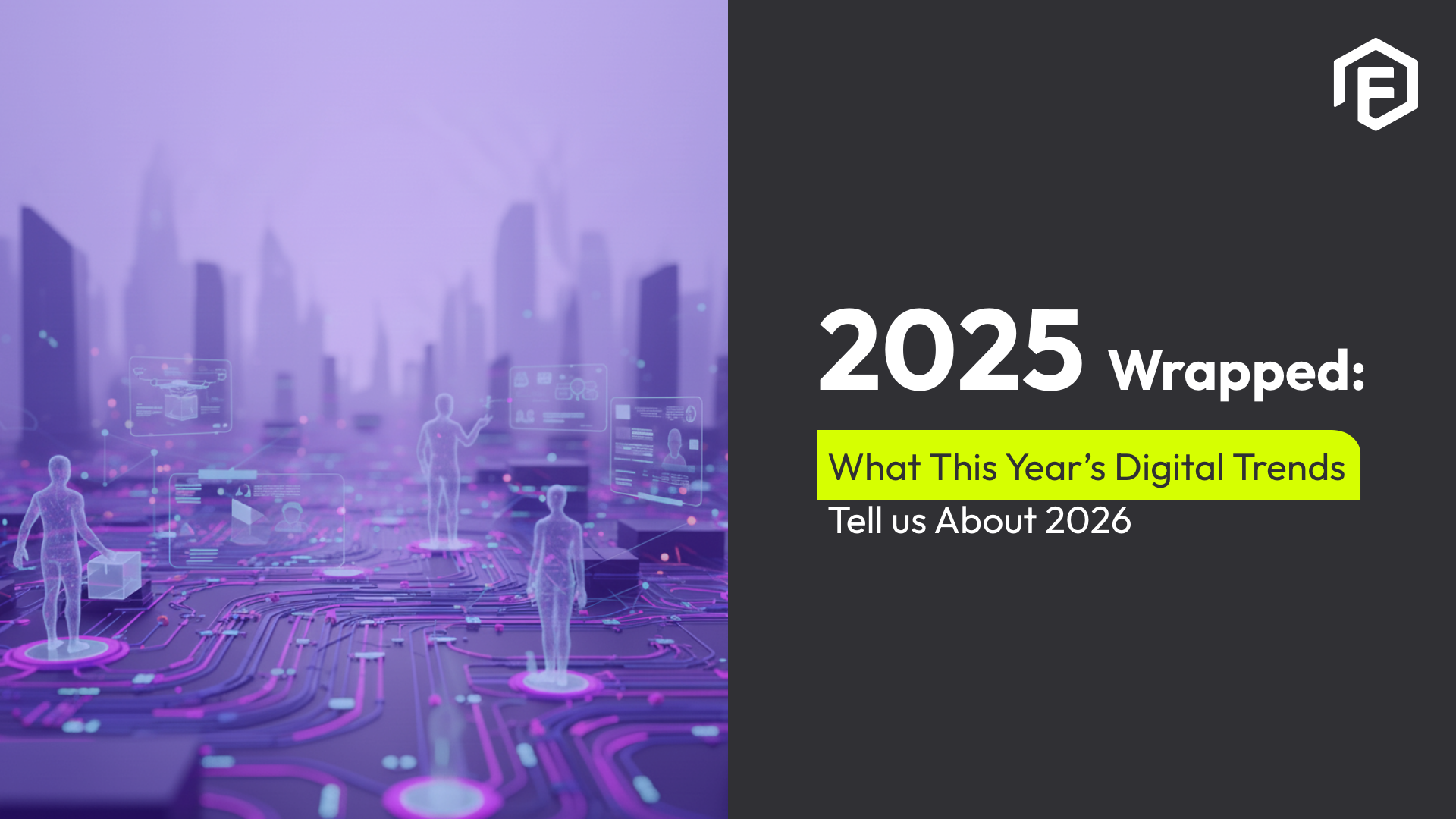Data is everywhere, from social media to the links we click, and companies organise data to perfect their products and services. In today’s data-driven world, the terms ‘data science’, ‘data analytics’, and ‘machine learning’ are frequently used interchangeably, which may blur the lines about their meanings and distinctions. These three fields are interconnected disciplines that play pivotal roles in harnessing the power of data to obtain valuable insights and make informed decisions.
Data Science is a multidisciplinary field that employs mathematics, statistics, computer science, and domain knowledge to extract meaningful insights from large and complex data sets. On the other hand, Data Analytics is the process of examining and analysing raw data to uncover meaningful patterns and trends. It involves applying statistical and quantitative techniques to extract valuable insights from data. Machine Learning is a subfield of artificial intelligence (AI) that focuses on the development of algorithms and models that allow computers to learn and make predictions and decisions without being explicitly programmed.
Unravelling the intricate threads that weave data science, data analytics, and machine learning together and understanding the differences and synergies between the different disciplines is crucial for anyone seeking to navigate the vast landscape of data-driven solutions.
Data Science
Data science is an interdisciplinary field involving various techniques and methodologies such as statistical analysis, machine learning, data visualisation, and domain knowledge to uncover patterns and correlations. It collects, cleans, transforms, and analyses big data, enabling organisations to make data-driven decisions and solve complex problems.
While data science incorporates elements of both data analytics and machine learning, it goes beyond them by encompassing a broader range of skills, processes, and applications. These processes include advanced analytics techniques, defined as follows:
- Data mining is the process of discovering patterns, relationships, and insights from large datasets, employing techniques such as clustering (grouping similar data points), classification (assigning data points to predefined categories), analysis association (identifying correlations or co-occurrences), and anomaly detection (identifying unusual or unexpected patterns).
- Machine learning is a subset of data science that focuses on developing algorithms that can automatically learn from data and improve their performance without being programmed, using techniques such as supervised and unsupervised learning and reinforcement learning.
- Predictive modelling is the process of developing mathematical models and algorithms that can make predictions or forecasts based on historical data. A model is trained on a labelled dataset (supervised learning) to learn patterns and relationships between input and the target variable.
- Natural language processing (NLP) involves the analysis and processing of human language data. It encompasses techniques such as text mining, sentiment analysis, named entity recognition, topic modelling, and language translation.
- Data visualisation techniques, such as charts, graphs, maps, and interactive dashboards, are used to represent data visually, making complex information more comprehensive.
Data Analytics
Data analytics is used for the discovery, interpretation, and communication of meaningful patterns in data. The primary objective of data analytics is to gain actionable insights that can support decision-making, improve efficiency, and drive business outcomes. By analysing historical data, organisations can identify patterns, correlations, and anomalies that help them interpret and debunk customer behaviour, market trends, operational performance, and other critical business operations. There are four commonly used types of data analytics:
- Descriptive analytics summarises historical data to understand what happened in the past. It involves organising, aggregating, and visualising data to answer questions such as “What happened?” and “How did it happen?” and is functional for reporting purposes.
- Diagnostic analytics goes a step further and explores why certain events or outcomes occurred, helping answer questions such as “What were the contributing factors to why it happened?”. It involves data mining, correlation analysis, and root cause analysis.
- Predictive analytics forecasts future events or outcomes based on historical data and statistical modelling techniques. It utilises patterns and relationships discovered through descriptive and diagnostic analytics to make predictions. It employs techniques such as, regression analysis, data mining, machine learning, and time series forecasting.
- Prescriptive analytics recommends the best course of action to achieve desired outcomes. It incorporates optimisation algorithms, simulation techniques, and decision-making models to consider multiple possible actions and their potential impacts.
Find out more about the future of data analytics in digital marketing.
Machine Learning
Machine learning is a subset of both data science and data analytics, focusing specifically on algorithms and models that enable computers to learn and make predictions based on data. Machine learning algorithms can analyse large amounts of data, identify patterns and take actions based on their discovery. These algorithms are designed to learn from examples and adapt their behaviour accordingly and can be categorised into three main types:
- Supervised learning involves training a model on labelled data where the desired output is already known. The algorithm learns to map input data to the correct output by minimising the difference between its predictions and the true label.
- Unsupervised learning deals with unlabelled data, where the algorithm aims to find patterns or structures within the data without any predefined output. Clustering and dimensionality reduction are examples of unsupervised learning tasks.
- Reinforcement learning involves training an agent to interact with an environment and learn from feedback in the form of rewards or penalties. This type of learning is used in scenarios where the agent needs to make sequential decisions, such as in robotics, game-playing, or control systems.
How they work together
Data science, data analytics, and machine learning form a powerful combination for leveraging data to gain insights and drive innovation. While data science encompasses a broader range of activities, data analytics, and machine learning are two key components within the data science workflow. Essentially, data science and analytics provide the foundation for collecting, cleaning, and analysing data to extract insights and prepare it for machine learning.
The concerted effort of these fields enables the development of accurate and reliable predictive models and the identification of meaningful patterns within the data. Embracing the power of data science, data analytics, and machine learning together can unlock possibilities in your data-driven projects. By leveraging the synergy of these three components, you can extract deeper insights, make more accurate predictions and drive innovation in your organisation or field of expertise. Pave the way for growth and success and explore the art, science, and technology of data and automated learning today.



